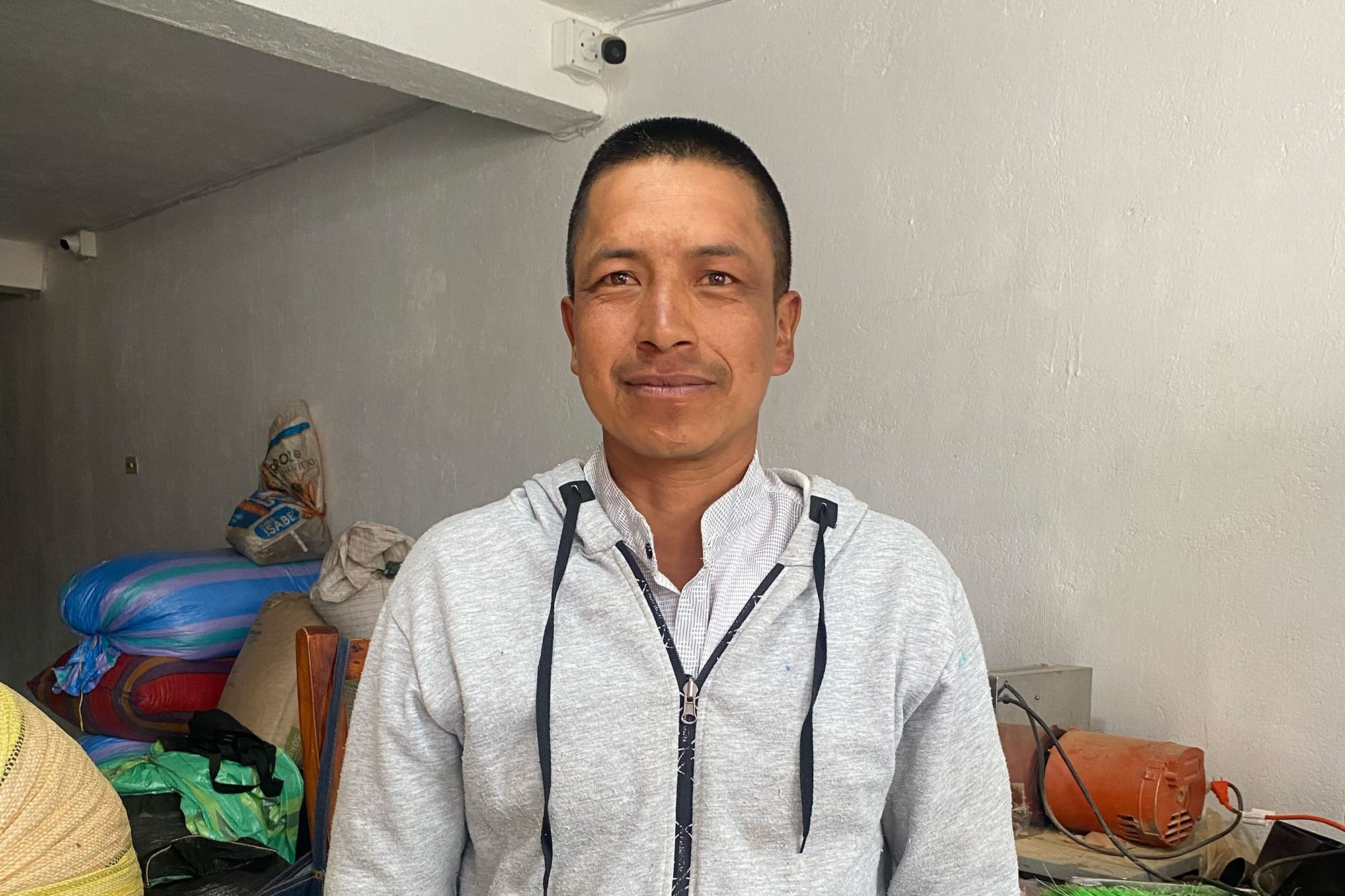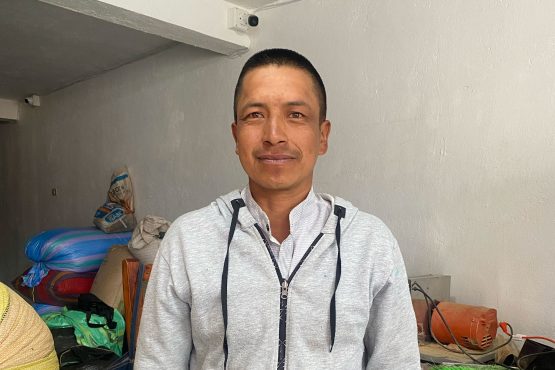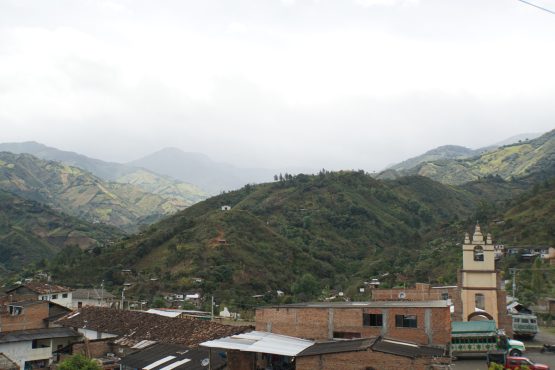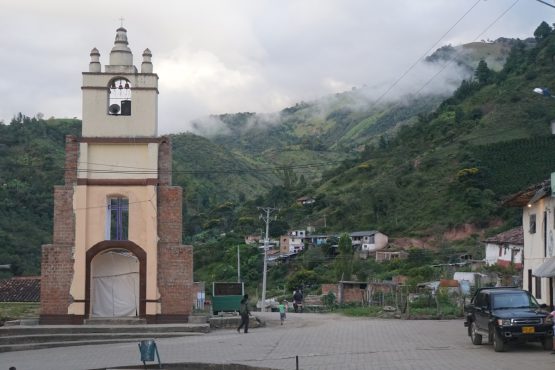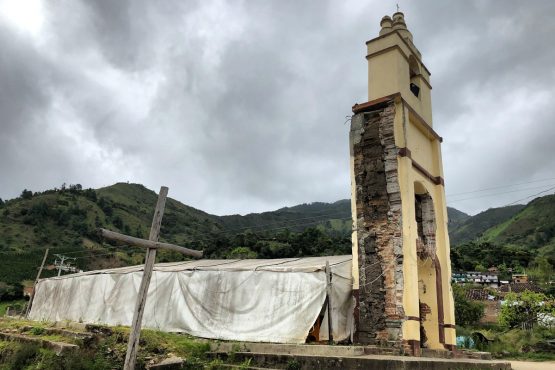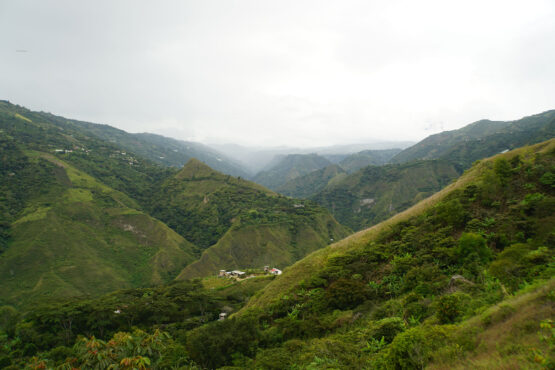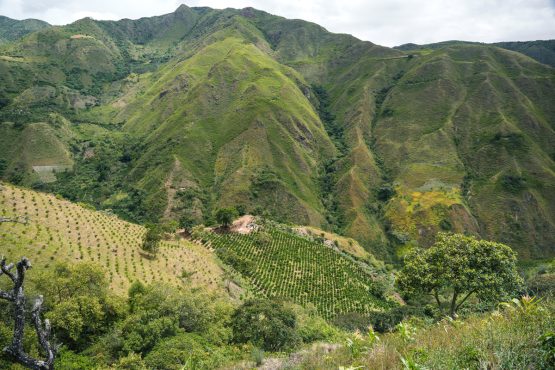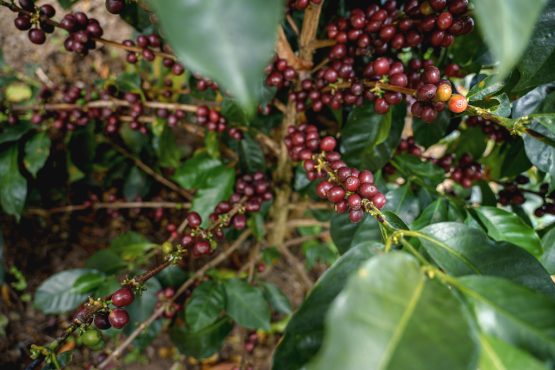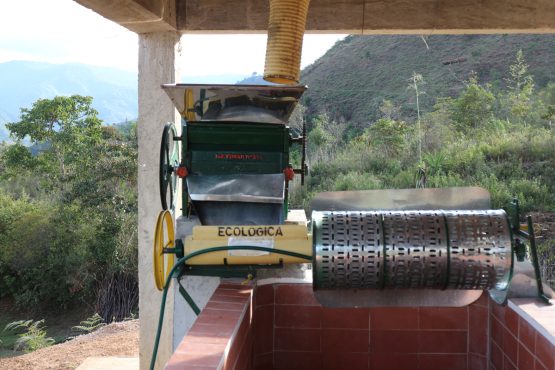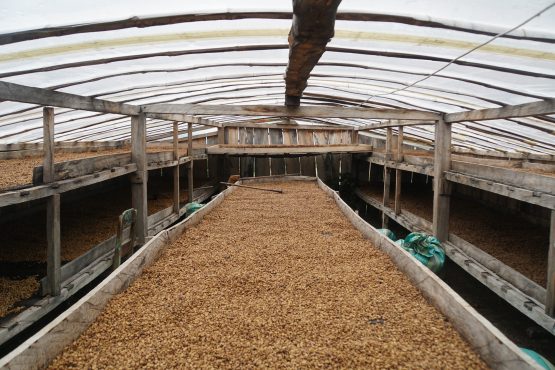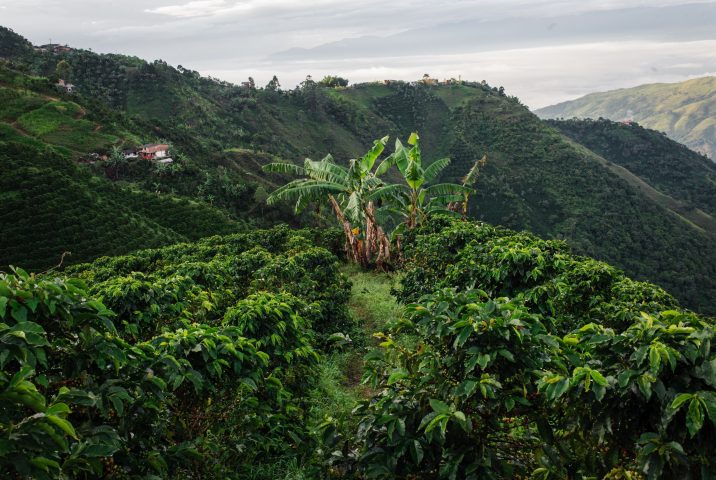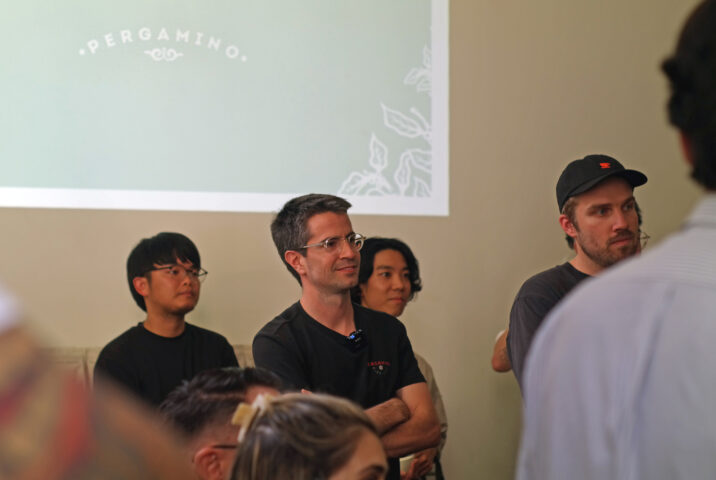El Plan Honey
Fruit forward and vibrant, with a juicy mouthfeel. Golden raspberry, Pink Lady apple and Rooibos tea.
This honey-processed microlot was produced by Rolando Janamejoy at his three hectare farm El Plan, which sits at a staggering elevation of 2,250m above sea level in the town of Aponte, in north-western Nariño, Colombia. Aponte’s unique micro-climate, with warm winds and year-round cool temperatures, contributes to the success of honey processing in the area. The producers in the region have become expert in this processing method, resulting in clean, sweet and fragrant coffees that are distinct to the town.
Coffee is the main source of income for the Janamejoy family. Rolando leads the venture with the help of his 19-year-old son Wilson, who balances his time on the farm with his university studies. The farm is home to 3,000 coffee trees, mostly of the Caturra variety but including a few older Typica variety plants that are over 40 years old. Rolando has also planted the hybrid Castilla variety, which was introduced by Colombia’s National Coffee Federation (FNC) in an effort to minimise the incidence of coffee leaf rust and disease. When planted at high elevations and dry-processed carefully, Castillo has great potential for quality, and has become a high performer in the country’s Cup of Excellence competition. Fertilisation here occurs around three times a year, usually after manual weeding, and pesticides are rarely used.
Although they are new to coffee production, Rolando and his family see coffee as a path to overcoming economic challenges. At the farm, the family also grow beans, maize and other staples for their own consumption.
ABOUT APONTE
Aponte is extremely remote and hard to reach, found deep inside Juanambú Canyon and surrounded by steep, rugged mountains. The town experiences a cool climate and high winds year-round and sits on very fertile soil, thanks to the nutrient-rich ash constantly shed by nearby Galeras Volcano.
The farms in the region are tiny – averaging just 1 hectare – and are some of the highest situated coffee farms in Colombia, with most sitting above 2,000 meters above sea level. The producers who grow coffee around Aponte are pioneers in developing farming and processing techniques to successfully produce coffee in such unique conditions.
Aponte is home to the Inga people, an ethnic group who are historically related to the Inca and indigenous to parts of Colombia, Peru and Ecuador. The town was once called Janguana and was the northernmost point of the Incan empire. Visiting Aponte is a unique experience; the town operates as an indigenous reserve, independent from the Colombian government. On the streets, people continue to wear traditional garments (‘cusma’ for men and ‘pacha’ for women) and to speak to each other in the local Inga language, a dialect derived from Quechua (the pre-colonial language of the Inca people from the Andean Mountains).
In Aponte’s society, there is no such thing as private property and farms are owned by the community at large. Town leaders, or ‘Taitas’, have the final say on how each parcel of land is cultivated. Growing coffee has gained approval from Aponte’s Taitas due to two major factors: it is a relatively profitable and stable crop, and it prevents bigger parcels of land from being used for coca cultivation.
ABOUT NARIÑO
Nariño is located in southwest Colombia, bordering Ecuador. Coffee in Nariño is grown at elevations that reach 2,200 metres above sea level, making it some of highest grown coffee in the world. It is typically very difficult to produce coffee at such high elevations, however Nariño’s proximity to the equatorial line, coupled with its steep hills and valleys surrounding active volcanoes, provide a great angle for sun exposure and create an ideal micro-climate for coffee plants to thrive. The high elevation of cultivation combined with warm tropical days and cool nights allows for slow maturation and development of the coffee cherry, giving time for concentrated sugars to develop in the fruit and resulting in a unique, very sweet, and complex cup profile.
For a long period in the 1990s and early 2000s, Nariñ0 was hit extremely hard by violence and civil unrest, with much of the region under the control of the FARC guerrillas. The high elevations and rugged terrain of the state’s rural regions were ideal for growing opium poppy plants and coca, making it the perfect centre of operations for illegal groups and preventing a heavy government presence.
Until recently, much of Nariño’s potential for coffee quality remained largely untapped. Most of the forty thousand coffee producers in Nariño are tiny (averaging less than 2 hectares of land each) and often, like those in Aponte, located extremely remotely. These factors, combined with ongoing armed conflict in the region, has discouraged investment in coffee development and made it difficult for coffee buyers to access these exceptional coffees.
In the early 2010s, this started to change, thanks in large part to the Colombian Cup of Excellence, which shone the light on two exceptional lots from the Buesaco municipality in Northern Nariño. This important achievement made it clear to many growers from the region that their coffee had the potential to be sold as true specialty grade and that there was opportunity to seek greater premiums than they were receiving through other certification schemes. Today coffee plays a big role in helping the community as they turn the page on the region’s violent past and build a more sustainable future. Many of those that left the region during the worst part of the conflict in the 90s have since returned to continue their coffee tradition and rebuild their lives.
Our export partners for this coffee, Pergamino, have worked hard to commercialise specialty-grade coffee throughout Nariño, and have uncovered some stunning coffees and dedicated producers in the process. They work closely with the producers to give them feedback on their coffees (provided by Pergamino’s expert team of cuppers) and provide top up payments when the coffee is sold at a higher premium.
Head here to learn more about the work of Pergamino.
HOW THIS COFFEE WAS PROCESSED
For this lot, coffee cherries were carefully hand-picked by Rolando and his son during the peak of the harvest, with several passes needed to ensure only the ripest ones were chosen. The cherries were then left in the shade to ‘pre-ferment’ for two days, before being pulped at El Plan’s wet mill, or ‘micro-beneficio.’ After pulping, coffee was placed on drying beds without being washed, leaving coffee with a layer of mucilage that resembles a glazing of sticky honey (hence the name ‘honey’ processing) for around 30 days.
Thanks to Aponte’s cool, windy climate and high elevations, coffee generally dries more quickly and evenly than in lower parts of Colombia. This leads to more consistency in the coffees produced, and encourages the development of cleaner, more complex flavours in the cup. To ensure the drying stage occurred uniformly, coffee for this lot was regularly turned by hand until it reached ideal moisture content.
Once dry, the coffee was delivered to Pergamino’s warehouse, where it was cupped and graded, and then rested in parchment until ready for export.
